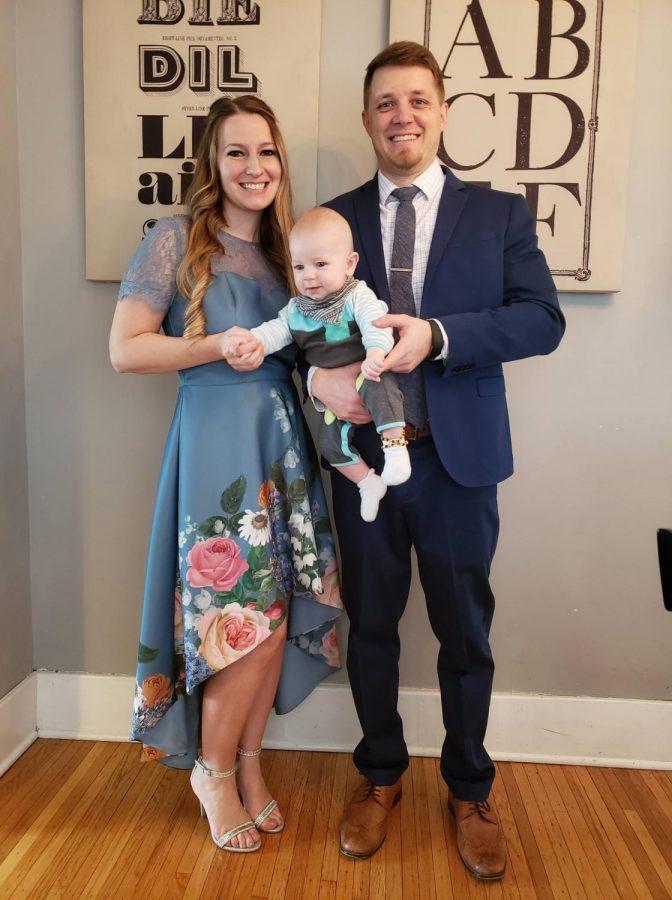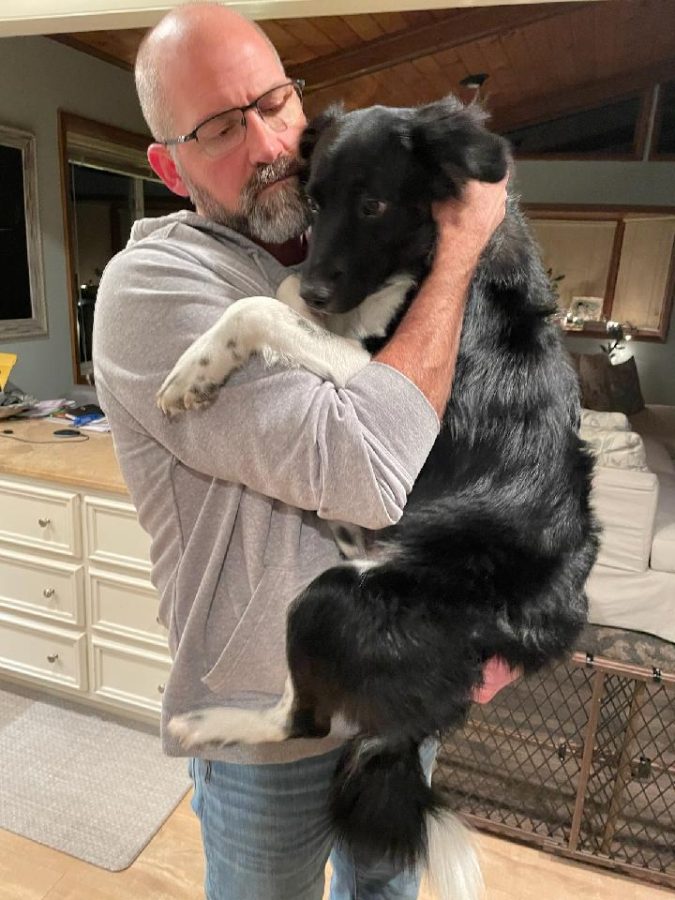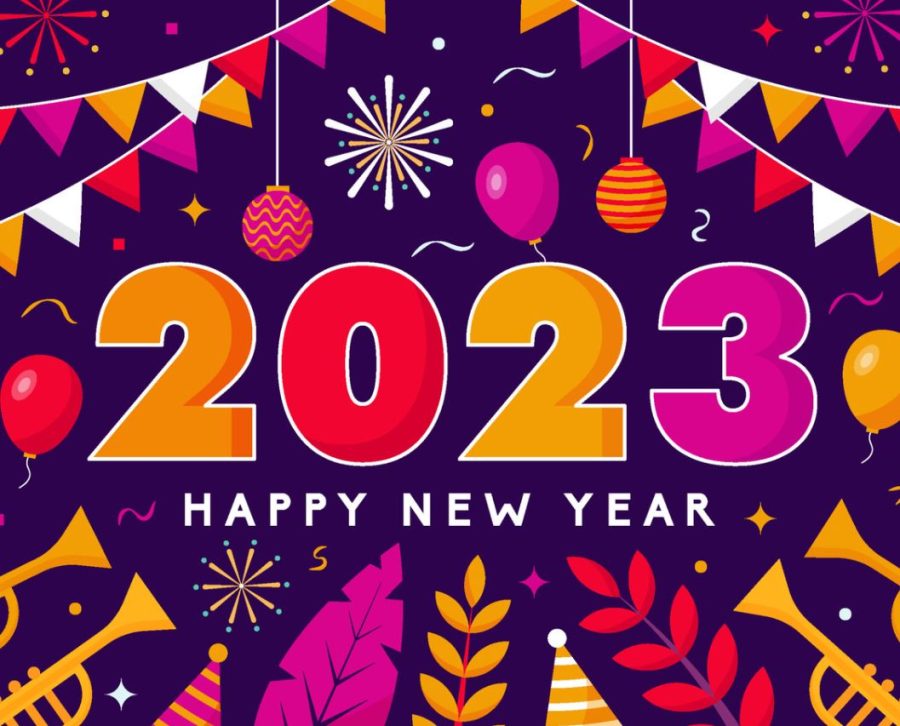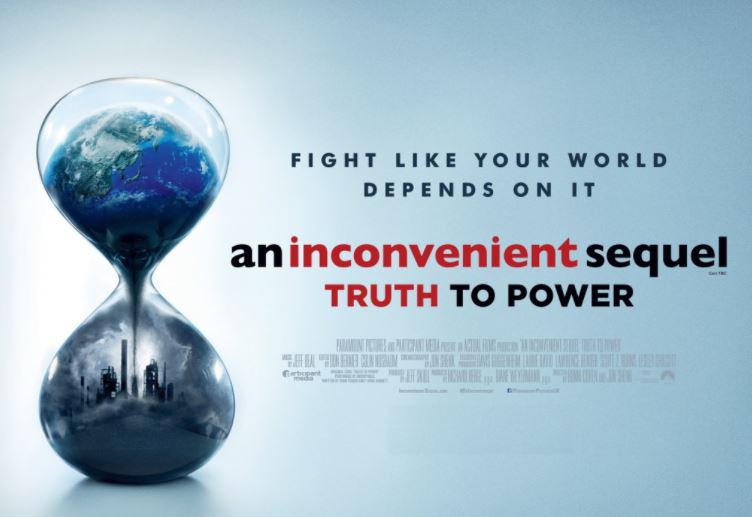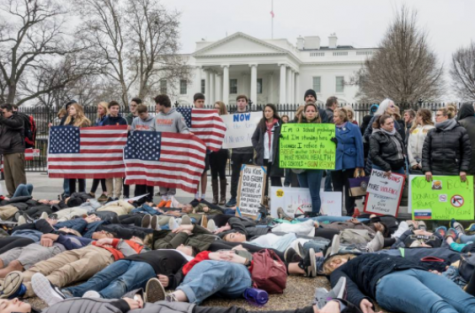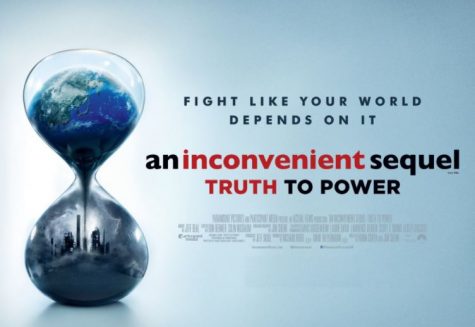Drones are Beneficial

June 1, 2017
Drones, also known as Unmanned Aerial Vehicles (UAVs), have impacted the technological age by creating convenience since they were first manufactured in the 1930s. Drones are popularly used for recording (photography or videotaping), monitoring, and delivering. Most drones have a wide range of freedom and stay connected easily by satellites. While drones have been created and built to benefit people, they can also create havoc and be dangerous. According to the BBC news for South Asia, drones can cost multi millions. Overall, drone usage has been more beneficial to human culture than negative.
The positive effects of drones are very important, and the people sending them out count on them. As stated by Mike Sperling, drones are better for the environment than sending a truck filled with goods. First, a drone is more energy efficient and takes less time. Jaclyn Trop says that drone delivery is uniquely different compared to truck delivery. “This is how we plan to disrupt the trucking industry: with tiny airborne robots clutching small packages,” she writes (“Trop”).
To discuss a deeper topic, such as war usage, could be very controversial. Every drone is ideal for reaching others (such as enemies) at far distances. Studies show that drone usage during war gives enhanced surveillance with targeting victims. For example, drones can be stationed at a base near the target. In fact, there are several drones at American bases overseas. Many are located in Africa and the Middle East (“Turse”). This is beneficial for when it’s risky to fly over dangerous areas, preserving safety. Also, drones are a major defense tool. According to Abigail R. Hall, drones have surgical precision. “They have laser-like focus and limit damage,” she said. The author compared drone fighting to a cancerous tumor to show its superiority. The Al Qaeda was the tumor, and the drone was the precision tool, used to limit damage. Drones are loaded with bombs, missiles, and other lethal weapons during wars. Of course, the use of drones continues to be a political, civil, and controversial debate. Drone usage during war is a direct relation to the casualties they caused. In 2012, airstrikes caused over 200 deaths, according to The Intercept (“Friedersdorf”). For example, a recorded target killing took place in 2002 associated with drone usage as well.
Drones are also used to save lives, such as when there are large fires, car accidents, and flood conditions. The drones help coordinate search and rescue missions during these circumstances. In addition, drone usage has been a huge aid for environmental reform. For example, drones are used to model glacial features, monitor erosion, and count animals all over the world. As drones have been a significant aid to global missions, professionals have considered using them to track down criminal leads. Also, the built in cameras on some drones help to capture footage of areas of combat, allowing people to observe (“Logan”). People who choose to fly drones are preserving the environment and improving a process. What beats convenience? For example, drones help save solar projects by including infrared cameras and surveying land, keeping track of solar panels that are failing to produce electricity (“Fehrenbacher”). They do this by hovering over the panels and taking pictures and surveying the land. The recordings are looked over and tell people how solar power farms can be improved(“Guardian”). Also, a drone aids in getting rid of poachers in countries such as Africa and Nepal. Wildlife population in big areas is important for the environment and people. When at farther distances, the use of equipment such as cameras and recorders help farmers to keep a close eye on their crops. So, while busy with other projects, farmers can have control without being on the farm. Currently, in 2017, drone footage has become a major help in the Nepal earthquake, helping to identify people who are trapped (“Rogers”). Additionally, the information captured with a drone is commonly brought back to other people who are then sent to help the destructed area. Although there are many positive effects, some state that the negative effects override the positive.
The physicality of drone usage continues to be a concern to Americans. According to Opposing Viewpoints In Context, drones have no official safety standards but in turn require a permit to fly one. But, in fact, people who get a permit to fly drones often have a specific reason for owning that drone. Having to invest money into a drone will in the long run keep them up to date and additionally effective. Furthermore, several studies show that there have been plenty of incidents of drones crashing, such as the crash into the White House in 2015, a so-called “attack” on the German chancellor in 2014, and a crash in Virginia in 2013, all injurious, if not harmful incidents (“Accidents”). Additionally, drones have blown up in the past due to being over-used. There have been several faulty incidents where a drone has run into a bus, plane, or building. Bridget Brennan of ABC News wrote an article about drone usage in August of 2016. “Research found that technical problems were the cause of sixty-four percent of civilian incidents occurring between 2006 and 2016,”she writes. Phil For Humanity says that drones have caused several casualties due to a limited ability to notice traffic or other surroundings rapidly. The Washington Post has recorded 237 total drone crashes since 2001, most to all incidents costing close to two million dollars in repair. Many might ask why operations are slow or unorganized, and it’s because of little authorization and guidance. This, I believe, can be fixed. This information is meant to promote safety precautions. Drones also stand to be a privacy concern. Sent out with advanced navigation skills, drones can find their way almost anywhere and can pick out anyone they’re sent to spy on. Several rules and regulations for drones have been recorded and have impacted human use of drones. Another major concern is whether or not the person directing the drone is legal to fly it or not. A person who owns a drone is expected to have a legal permit, and if caught without one, the consequences can be costly to the consumer (“Pros”). According to Mike Wilkinson, a pilot who doesn’t follow the rules may have to pay a fine up to $5,000, and if caught, has a chance of spending up to six months in jail if caught illegally flying. The concerns mentioned are accurate, but do not outweigh the benefits.
There is lots of new information concerning drone usage and production every day. From shopping, to delivering, spying to recording, drones do it all. In my opinion, drones have become sophisticated and very effective. It’s important to consider the large impact that drones have had on humans over the years. They have also impacted some occupations; for example, delivering services and communication teams have an extra hand. In the future, jobs such as these may be replaced by drones. With a good amount of research and experimentation, drone usage will strengthen even more. Hopefully, the good aspects will outweigh the bad, and drones will continue to revolutionize our lives.
Works Cited
“Accidents since 9/11.” The Washington Post. WP Company. Web. 10 May 2017.
Conner Forrest | March 20, 2015, 5:00 AM PST. “12 Drone Disasters That Show Why the FAA “Do Drones Really Reduce Civilian Casualties? – Abigail R. Hall Blanco.” The Beacon. Web. 10 May 2017.
“Drone Crashes Database: 237 of the Worst Drone Accidents since 9/11.” The Washington
TechRepublic. Web. 09 May 2017.
Eysenck, Juliet. “How Drones Are Changing Our Lives: The Good, the Bad and the Lazy.” Fehrenbacher, Katie. “How Drones Are Helping Design the Solar Power Plants of the Future.” The Guardian. Guardian News and Media, 26 Feb. 2017. Web. 04 May 2017.
Friedersdorf, Conor. “The Obama Administration’s Drone-Strike Dissembling.” The Atlantic.
Atlantic Media Company, 14 Mar. 2016. Web. 17 May 2017.
Rogers, James How Drones Are Helping the Nepal Earthquake Relief Effort.” Fox News. FOX News Network. Web. 28 Apr. 2017.
Humanity, Phil For. “The Pros and Cons of Drones.” Phil for Humanity. Web. 25 Apr. 2017.
“Pros and Cons of Drones for Business.” The Enterprise Center. 19 Oct. 2015. Web. 24 Apr.
2017.
“SenseFly Receives First Swiss Approval for Anytime BVLOS Operations.” Drones for Environmental Protection & Conservation: SenseFly SA. 09 Feb. 2017. Web. 16 May 2017.
Telegraph. Telegraph Media Group, 23 May 2016. Web. 19 Apr. 2017.
Trop, Jaclyn. “Drone Delivery Is About to Reshape Trucking.” Trucks.com. 02 Aug. 2016. Web. 03 May 2017.
Turse, Nick. World Can’t Wait. Web. 10 May 2017.
“What Are Aerial Drones Used For?” Dummies. Web. 19 Apr. 2017.




